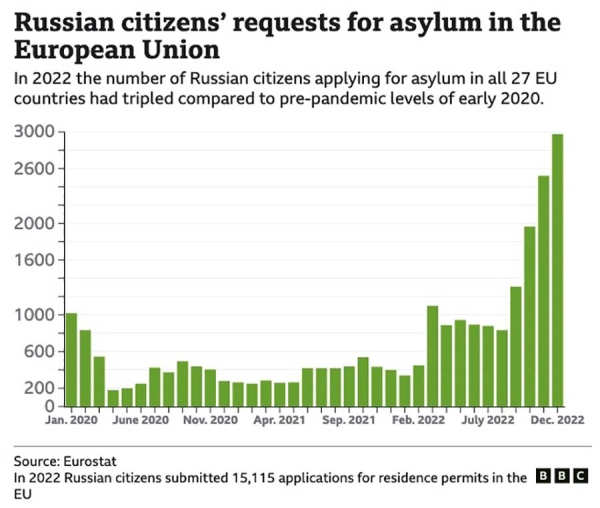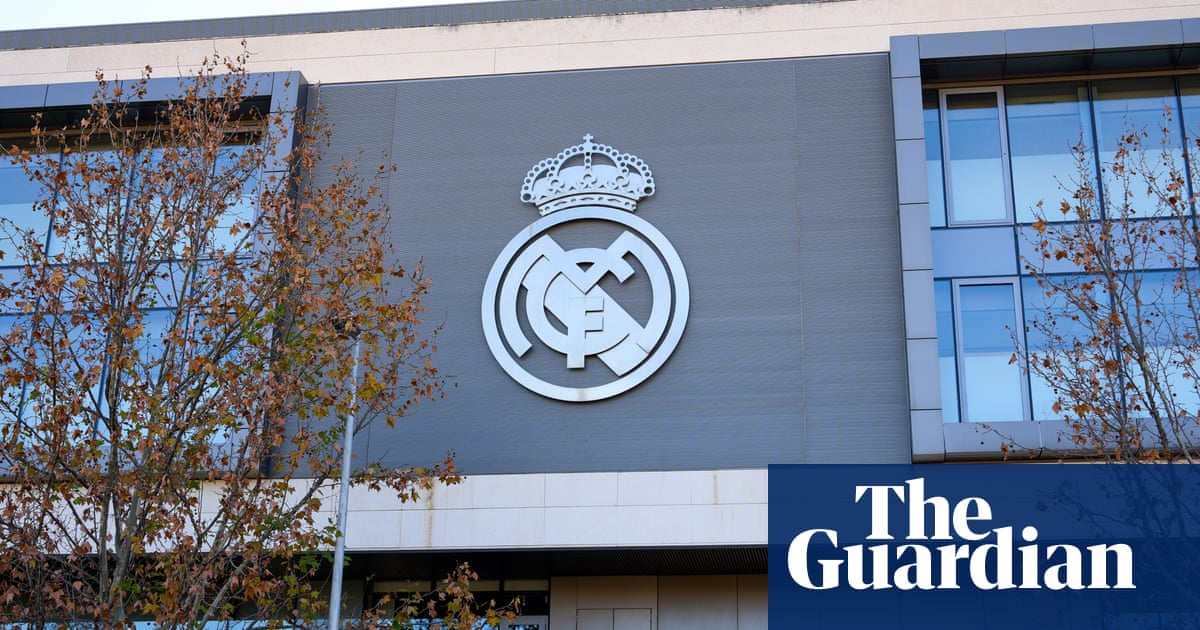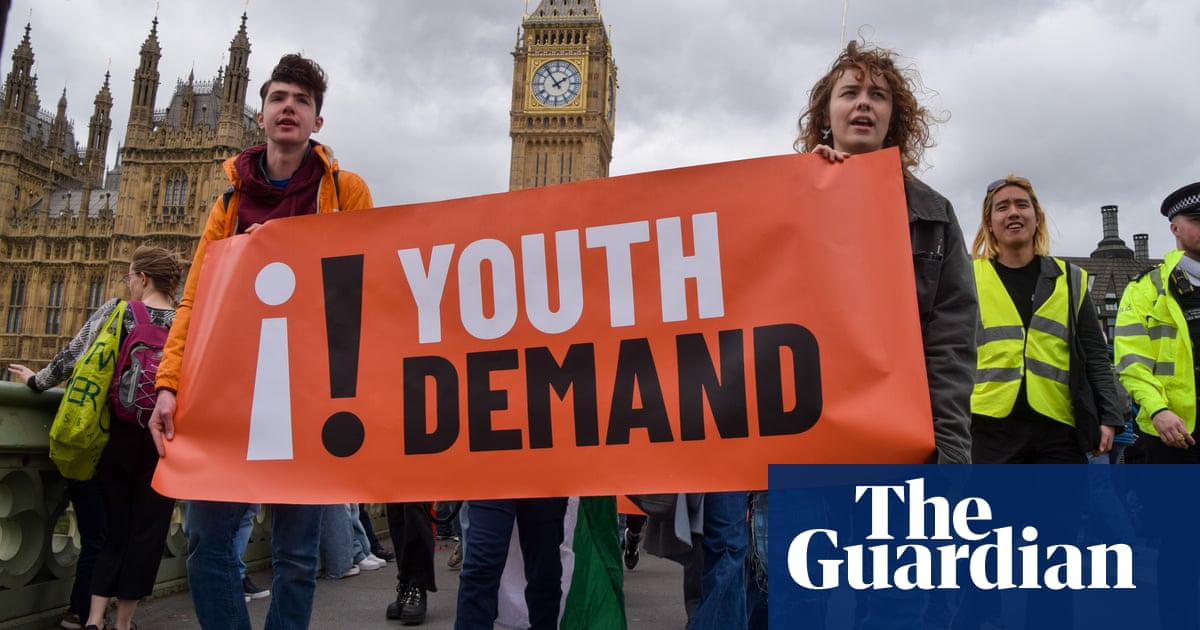
Some 8,000 Syrian citizens have entered Lebanon through the Masnaa border crossing in recent days, according to two Lebanese security officials & a judicial official, and about 5,000 have left the neighboring country through Beirut’s international airport
BEIRUT: After insurgents toppled Syrian President Bashar Assad this month, many senior officials and members of his dreaded intelligence and security services appear to have melted away. Activists say some of them have managed to flee the country while others went to hide in their hometowns.
For more than five decades, the Assad family has ruled Syria with an iron grip, locking up those who dared question their power in the country’s notorious prisons, where rights groups say inmates were regularly tortured or killed.
The leader of the Hayat Tahrir Al-Sham insurgent group — which led anti-government fighters who forced Assad from power — has vowed to bring those who carried out such abuses to justice.
“We will go after them in our country,” said HTS leader Ahmad Al-Sharaa, who was previously known as Abu Mohammed Al-Golani. He added that the group will also ask foreign countries to hand over any suspects.
But finding those responsible for abuses could prove difficult.
Some 8,000 Syrian citizens have entered Lebanon through the Masnaa border crossing in recent days, according to two Lebanese security officials and a judicial official, and about 5,000 have left the neighboring country through Beirut’s international airport. The officials spoke on condition of anonymity because they were not authorized to release the information.
Most of those are presumed to be regular people, and Lebanon’s Interior Minister Bassam Mawlawi said earlier this week that no Syrian official entered Lebanon through a legal border crossing.
In an apparent effort to prevent members of Assad’s government from escaping, the security officials said a Lebanese officer who was in charge of Masnaa was ordered to go on vacation because of his links to Assad’s brother.
But Rami Abdurrhaman, who heads the Britain-based Syrian Observatory for Human Rights, says several senior officers have nonetheless made it to neighboring Lebanon using travel documents with fake names.
Here’s a look at Assad and some of the officials in his inner circle.
Bashar Assad
The Western-educated ophthalmologist initially raised hopes that he would be unlike his strongman father, Hafez, when he took power in 2000, including freeing political prisoners and allowing for a more open discourse.
But when protests of his rule erupted in March 2011, Assad turned to brutal tactics to crush dissent. As the uprising became an outright civil war, he unleashed his military to blast opposition-held cities, with support from allies Iran and Russia.
He has fled to Moscow, according to Russian state media.
Maher Assad
The younger brother of the ousted president was the commander of the 4th Armored Division, which Syrian opposition activists have accused of killings, torture, extortion and drug trafficking, in addition to running its own detention centers. He is under US and European sanctions. He disappeared over the weekend, and Abdurrhaman said he made it to Russia.
Last year, French authorities issued an international arrest warrant for Maher Assad, along with his brother and two army generals, for alleged complicity in war crimes and crimes against humanity, including in a 2013 chemical attack on rebel-held Damascus suburbs.
Maj. Gen. Ali Mamlouk
Mamlouk was a security adviser to Assad and former head of the intelligence services. He is wanted in Lebanon for two explosions in the northern city of Tripoli in 2012 that killed and wounded dozens.
Mamlouk is also wanted in France after a court convicted him and others in absentia of complicity in war crimes and sentenced them to life in prison. The trial focused on the officials’ role in the 2013 arrest in Damascus of a Franco-Syrian man and his son and their subsequent torture and killing.
Abdurrahman said Mamlouk fled to Lebanon, and it is not clear if he is still in the country under the protection of Hezbollah.
Brig. Gen. Suheil Al-Hassan
Al-Hassan was the commander of the 25th Special Missions Forces Division and later became the head of the Syrian Special Forces, which were key to many of the government’s battlefield victories in the long-running civil war, including in Aleppo and the eastern suburbs of Damascus that long held off Assad’s troops.
Al-Hassan is known to have close ties to Russia and was praised by Russian President Vladimir Putin during one of his visits to Syria. Al-Hassan’s whereabouts are not known.
Maj. Gen. Hussam Luka
Luka, head of the General Security Directorate intelligence service, is not well known among the wider public but has played a major role in the crackdown against the opposition, mainly in the central city of Homs that was dubbed the “capital of the Syrian revolt.”
Luka has been sanctioned by the US and Britain for his role in the crackdown. It’s not clear where he is.
Maj. Gen. Qahtan Khalil
Khalil, whose whereabouts are also unknown, was head of the Air Force Intelligence service and is widely known as the “Butcher of Daraya” for allegedly leading a 2012 attack on a Damascus suburb of the same name that killed hundreds of people.
Other officials
— Retired Maj. Gen. Jamil Hassan, former head of the Air Force Intelligence service, is also suspected of bearing responsibility for the attack in Daraya. Hassan was among those convicted in France this year along with Mamlouk.
— Defense Minister Lt. Gen. Ali Abbas and Maj. Gen. Bassam Merhej Al-Hassan, head of Bashar Assad’s office and the man in charge of his security, are accused of human rights violations.












